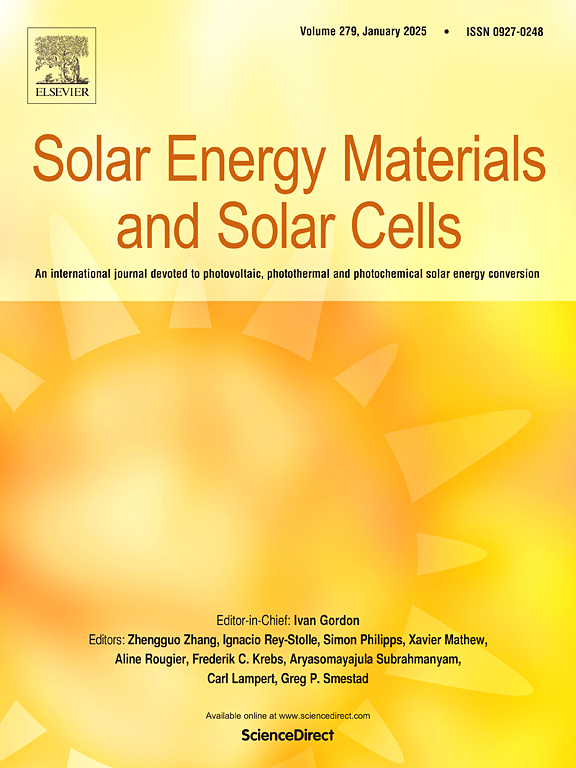IF 6.3
2区 材料科学
Q2 ENERGY & FUELS
引用次数: 0
摘要
由于太阳能等可再生能源的渗透率不断提高,以及其固有的间歇性和不可预测性,储能技术在电网平衡,特别是削峰填谷和负荷转移方面发挥着重要作用。本研究从技术、经济、环境和社会等方面对典型的储能技术进行了生命周期可持续性评估。我们开发了一种将层次分析法 (AHP)、生命周期评估 (LCA)、生命周期成本 (LCC) 和理想解决方案相似性排序偏好技术 (TOPSIS) 相结合的方法。研究了四种替代方案,包括抽水蓄能(PHS)、压缩空气蓄能(CAES)、磷酸铁锂电池(LIPB)和钒氧化还原液流电池(VRFB)。可持续发展得分表明,根据结合 AHP 和熵权法(EWM)确定的技术标准的最高权重,PHS 和 LIPB 被推荐为合适的方案,得分分别为 0.73 和 0.49。此外,还对环境影响、经济绩效和可持续性排名进行了敏感性分析。结果表明,往返效率对环境绩效有显著影响,而经济绩效则对排放深度和循环频率敏感。最后,可持续性排名在很大程度上取决于标准的权重,强调了实际应用和决策者偏好的重要性。本文章由计算机程序翻译,如有差异,请以英文原文为准。
Assessment of energy storage technologies on life cycle sustainability for peak shaving scenario
Energy storage technology plays an important role in grid balancing, particularly for peak shaving and load shifting, due to the increasing penetration of renewable energy sources such as solar energy and their inherent intermittency and unpredictability. A life cycle sustainability assessment of typical energy storage technologies was performed in the present work, from the aspects of the technical, economic, environmental and social categories. A combined approach of the analytic hierarchy process (AHP), life cycle assessment (LCA), life cycle cost (LCC), and the technique for order preference by similarity to an ideal solution (TOPSIS), was developed. Four alternatives were investigated, including pumped hydro storage (PHS), compressed air energy storage (CAES), lithium iron phosphate battery (LIPB) and vanadium redox flow battery (VRFB). The sustainability scores indicated that PHS and LIPB were recommended as suitable options, scoring 0.73 and 0.49, respectively, on the basis of the highest weight of the technical criteria determined through the combination of the AHP and the entropy weight method (EWM). Moreover, a sensitivity analysis was carried out regarding the environmental impacts, economic performance and sustainability rankings. The results indicated that the round-trip efficiency significantly influenced the environmental performance, whereas the economic performance was sensitive to the discharge depth and the cycle frequency. Finally, the sustainability rankings were strongly dependent on the weights of criteria, underscoring the importance of real-world applications and decision-makers’ preferences.
求助全文
通过发布文献求助,成功后即可免费获取论文全文。
去求助
来源期刊

Solar Energy Materials and Solar Cells
工程技术-材料科学:综合
CiteScore
12.60
自引率
11.60%
发文量
513
审稿时长
47 days
期刊介绍:
Solar Energy Materials & Solar Cells is intended as a vehicle for the dissemination of research results on materials science and technology related to photovoltaic, photothermal and photoelectrochemical solar energy conversion. Materials science is taken in the broadest possible sense and encompasses physics, chemistry, optics, materials fabrication and analysis for all types of materials.
 求助内容:
求助内容: 应助结果提醒方式:
应助结果提醒方式:


